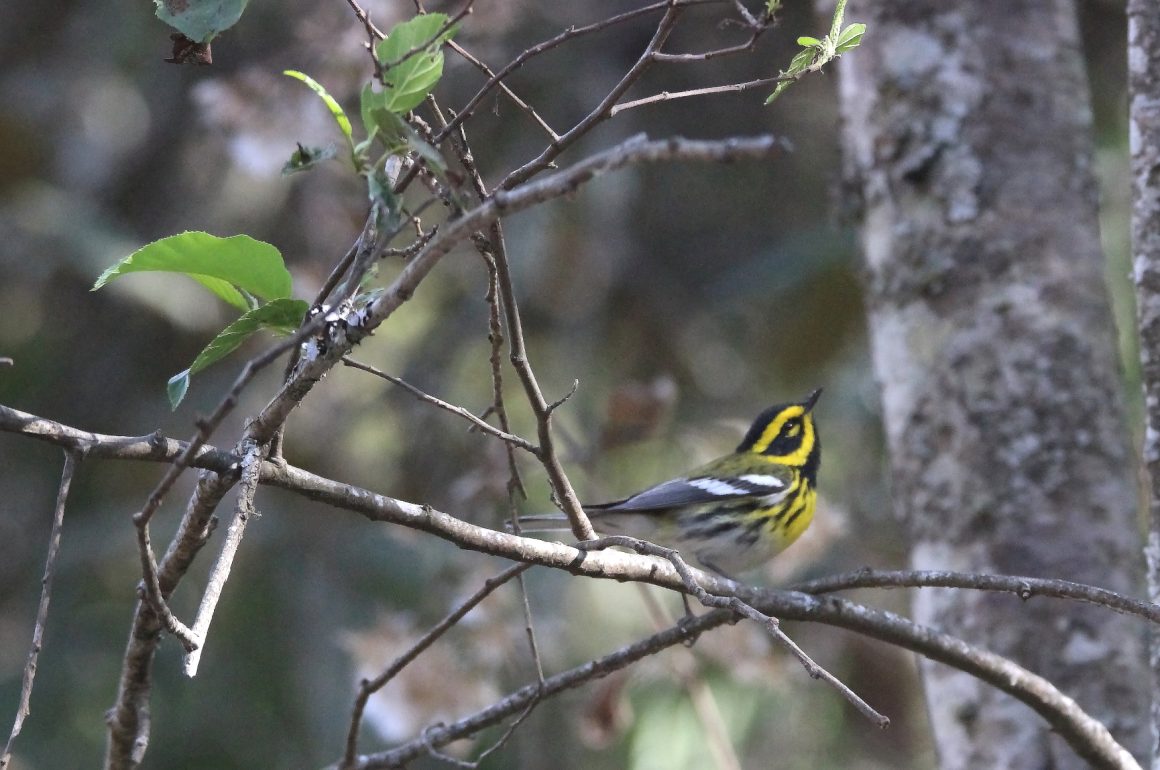
This past Monday, I was able to get out in the woods for a morning. But I was on my own, and not feeling all that ambitious. So I only went 16 km (10 miles) from home, to the woods uphill from the small town of San Miguel del Monte. It’s certainly not my birdiest site, but the woods are lovely.
We are in that short, bittersweet time of the year when many birds are about to leave Mexico to go north for the breeding season. It’s sad to think about that. But it is our one chance in the year to see them in their full reproductive colors. Bittersweet, indeed. This trip, it was a brilliant little gem of a bird named Townsend Warbler that seemed especially eager to show off their breeding finery. They were abundant, and they all seemed to be males.
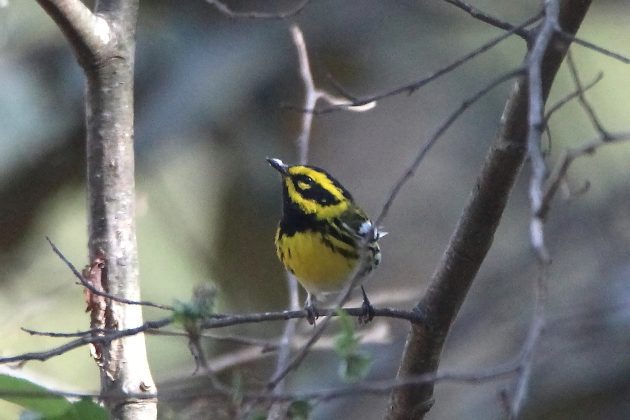
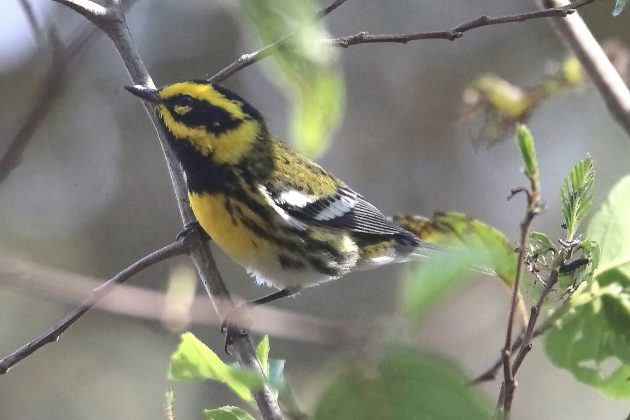
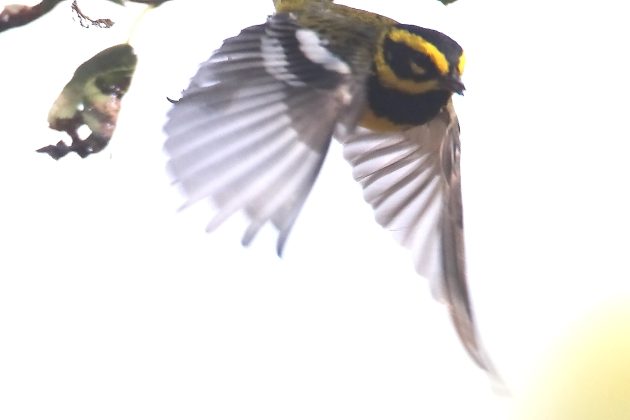
Townsend’s Warblers are named for the American physician and naturalist John Kirk Townsend (1809-1851). Townsend travelled to North America’s Oregon Country in the 1830s, where he collected samples of many new species. Rather grotesquely, he also collected skulls of Native Americans, which he stole from graves. His habit of using a mixture including arsenic to preserve his specimens led to his premature death at the age of 41.
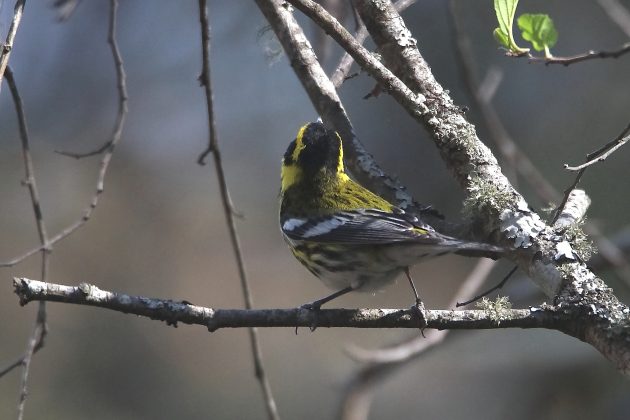
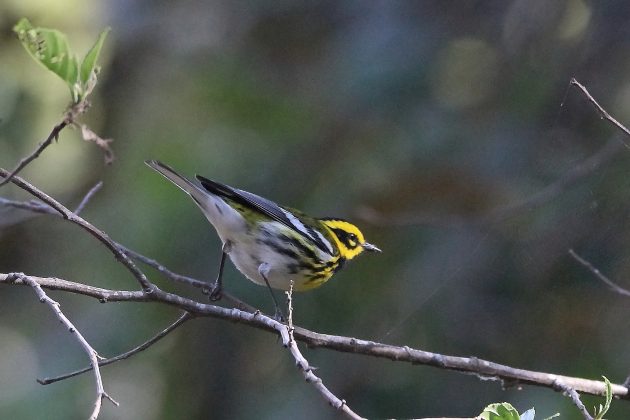
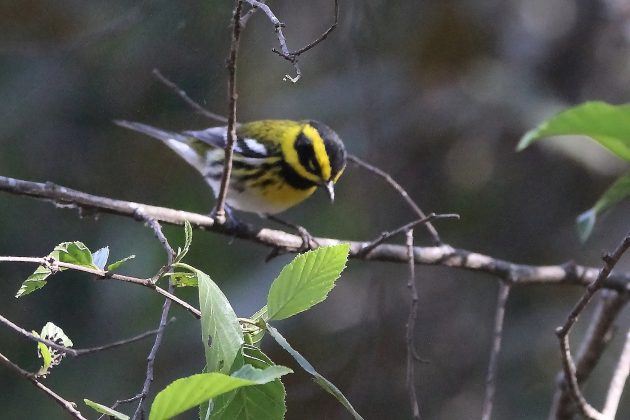
Several other beautiful birds were present as well. Here are a few of them:
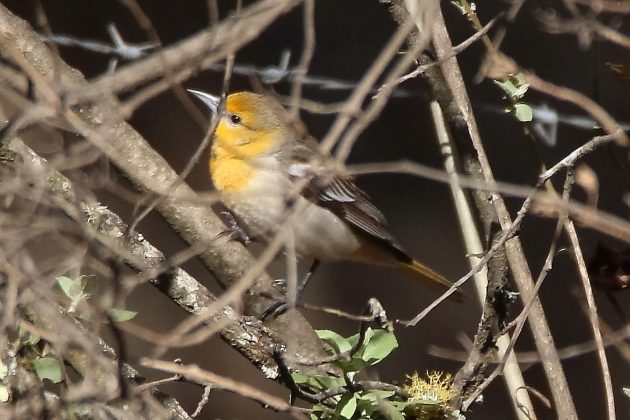
Female Bullock’s Orioles are one of only two Orioles here without bright color overall.
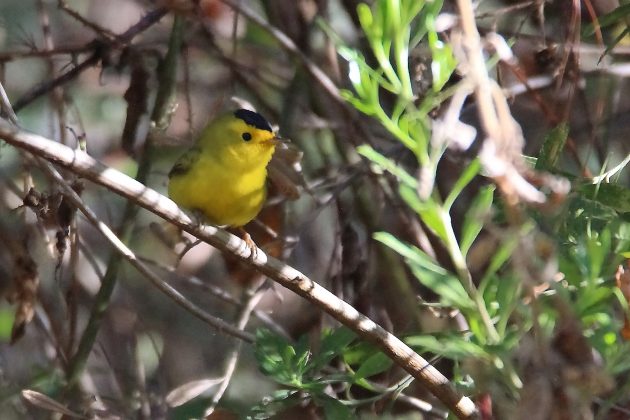
This Wilson’s Warbler, like the Bullock’s Oriole, will soon head north.
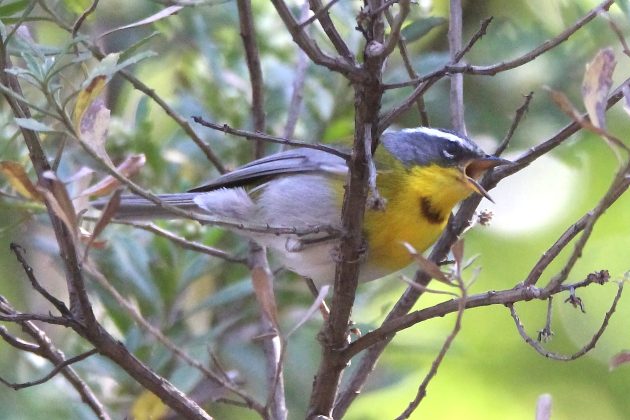
While this Crescent-chested Warbler, and the White-striped Woodcreeper below, will stay in Michoacán year-round.
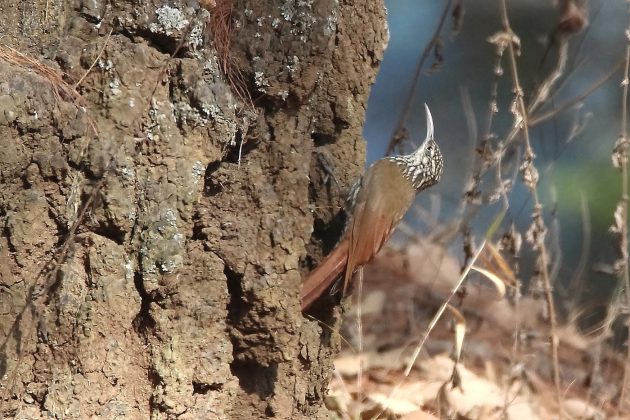




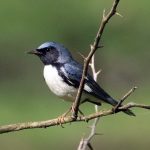
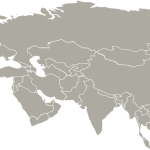
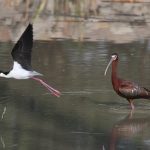
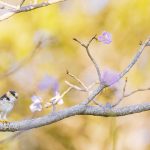
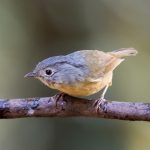

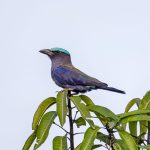
Beautiful little warbler – one I have yet to see.